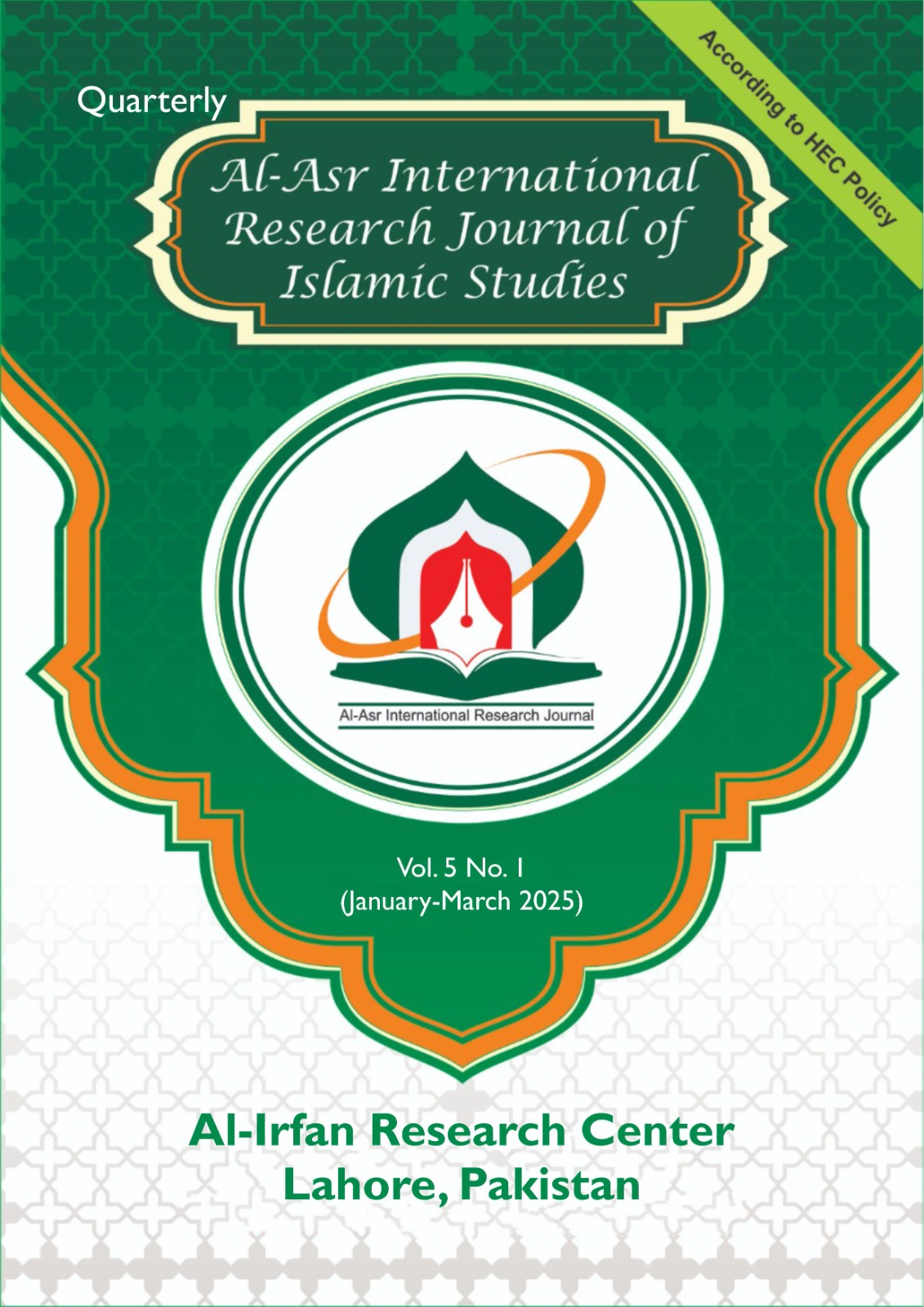Antiquity Style and Places of Interest in Chakwal: An Historical Analysis
DOI:
https://doi.org/10.1234/asr.v5i1.92Keywords:
Chakwal, Places, Shrines, Interest, Temple, StoneAbstract
District Chakwal was established on July 1, 1985, after being a tehsil of District Jhelum. It is connected to the rest of the province by the Grand Trunk Road and M-2 Motorways, with about 79 kilometers running through it. Chakwal has a rich history, dating back to ancient times. During Mughal emperor Babar's rule, seven tribes, including Awan’s, Waince, and Rajput’s, settled in the area. Prominent families like Chaudhary’s, Awan’s, and Rajput’s are still influential today. The region has also been ruled by Hindu Shahi kings, Mughals, and Sikhs. Chakwal, known as “the jewel of Potohar,” features beautiful canyons at Thirchak-Mahal and various lakes. The district's highest point is Chehl-Abdal hill, rising 3,500 feet, which is popular for hiking and has religious significance. Kallar Kahar, at 2,500 feet, and the Katas Raj temple-fort in Choa Saiden Shah are also notable tourist spots, especially during the annual Shivratri pilgrimage. Chakwal has a mix of natural beauty and historical sites, making it a potential tourist hub. Visitors can explore old forts and ancient temples set against stunning plateau views. The present study highlights the places of interest in Chakwal, because the topic has been selected in view of the significance of the historical places in Chakwal. In this paper, an attempt has been made to explore the important places of Chakwal with special reference to the Muslims, Hindus architecture. The study took place in Karyala, Chakwal, using a qualitative approach. Data was gathered through key informants and in-depth written and oral forms of the history. It found that preservation issues hinder Pakistan's tourism economy despite its rich cultural heritage.









